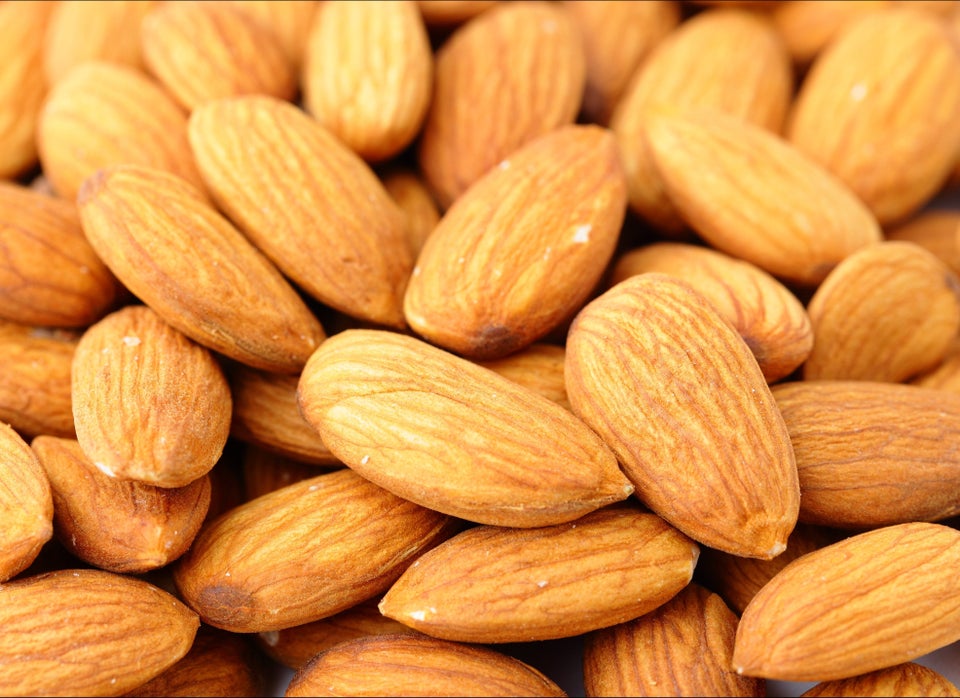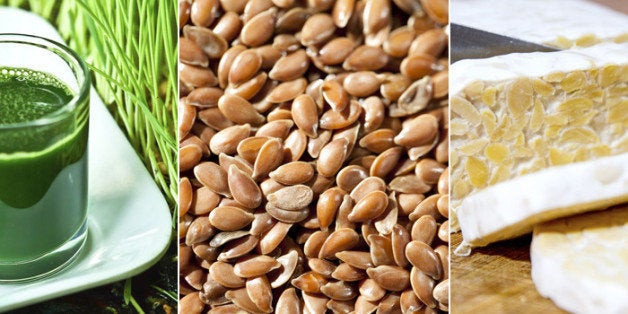
Whether via your Facebook news feed, the juice store around the corner, or even in articles about healthy living, chances are you've heard of buzzword-y health foods like acai, spirulina and wheatgrass. You know these foods are healthy. But have you ever stopped to think about why they are -- and whether it's worth shelling out the extra cash for them?
We talked to Keri Gans, R.D., author of "The Small Change Diet," to walk us through some of the more trendy health foods to explain what they are exactly, why we eat them, and whether they're actually worth the hype.
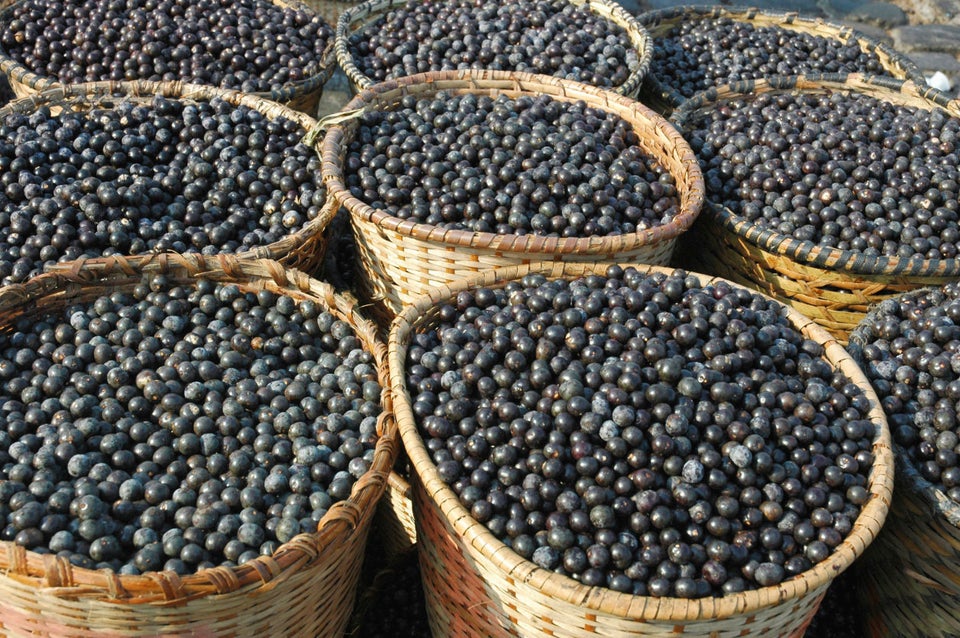
Bottom line: Acai berries are a good source of antioxidants, but you'd be just as well off buying regular berries/berry products.
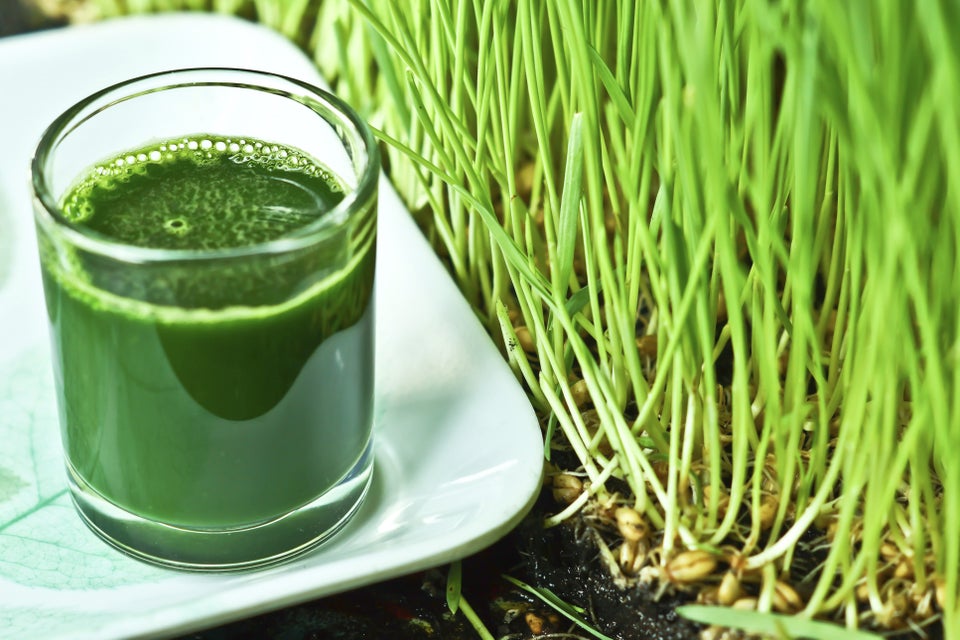
Bottom line: Wheatgrass does have health benefits, but other veggies could probably provide you with similar ones.
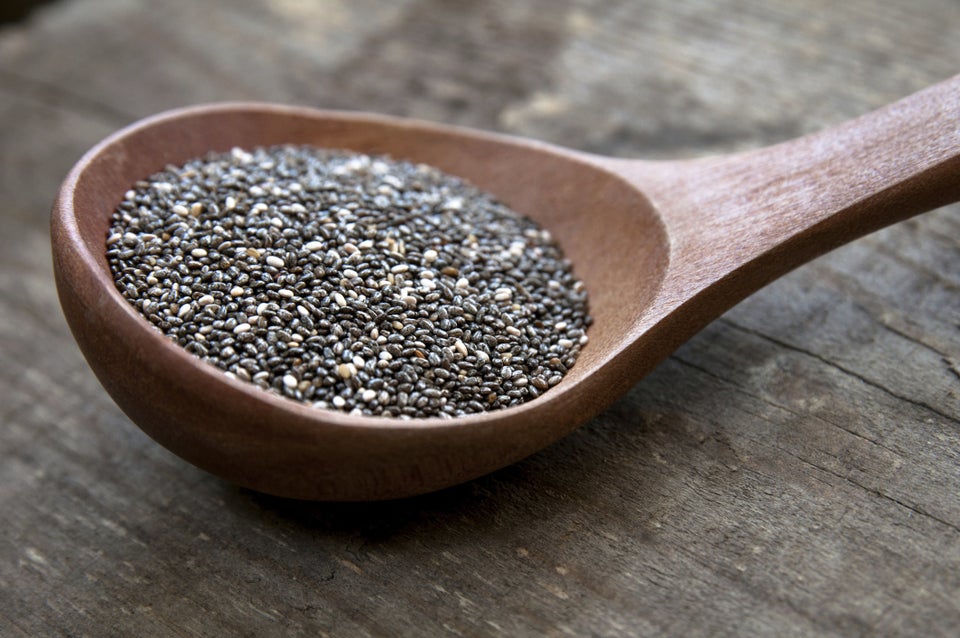
Bottom line: Chia seeds are a good way to sneak some extra fiber and protein into your dishes.
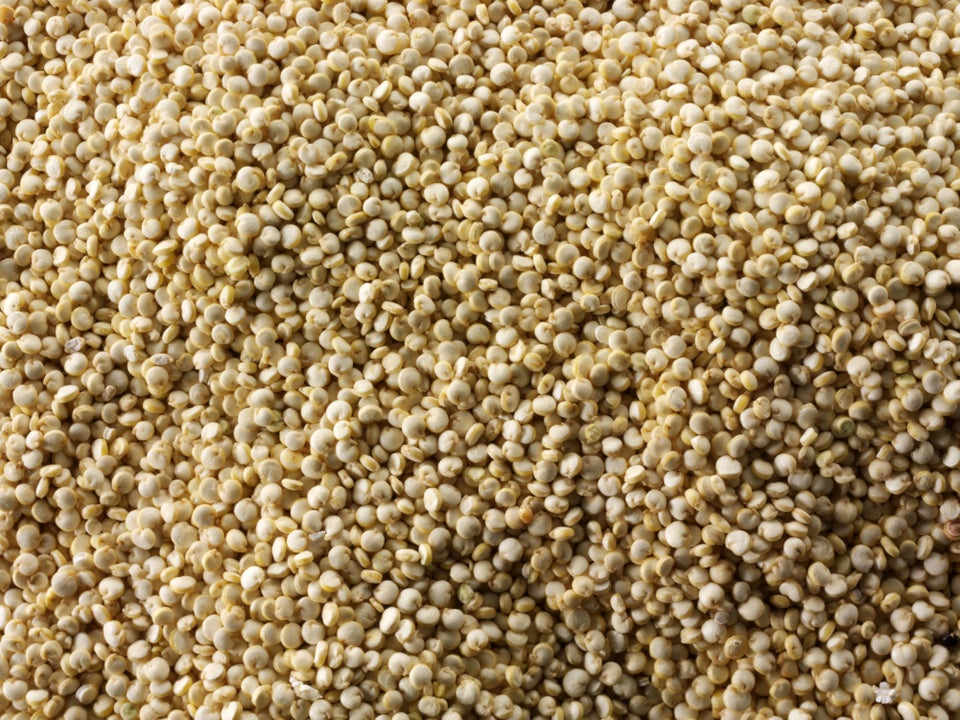
Bottom line: Quinoa is a great way to get protein.
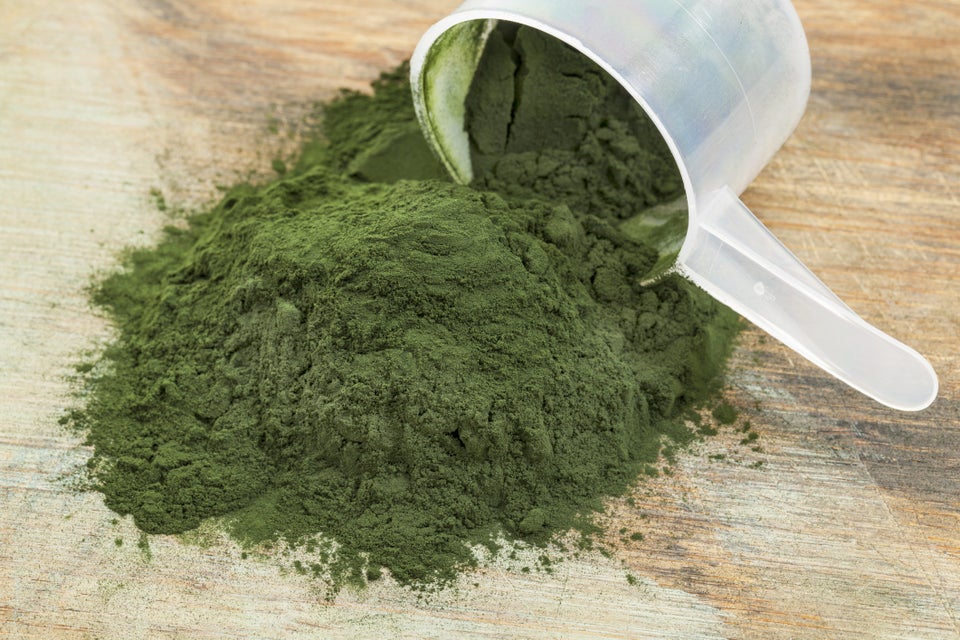
Bottom line: Spirulina is a good way to get protein particularly if you're a vegan. But if you're not a vegan, there are other more accessible ways to get protein.

Bottom line: Nutritional yeast is a good way to get vitamin B12 particularly if you're a vegan. But if you're not a vegan, there are other more accessible ways to get vitamin B12.
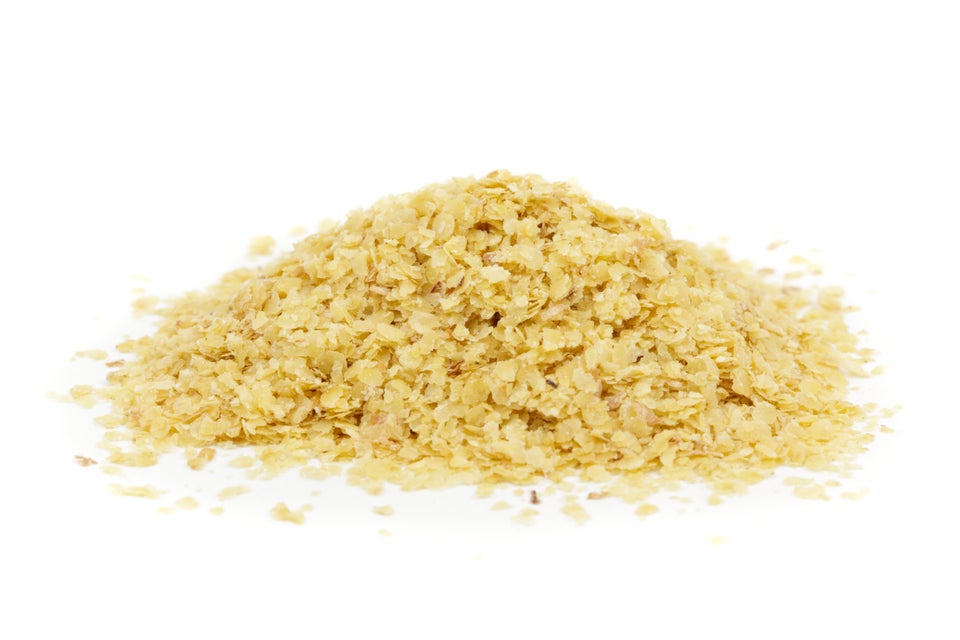
Bottom line: Wheat germ is a way to add extra fiber to your dishes.
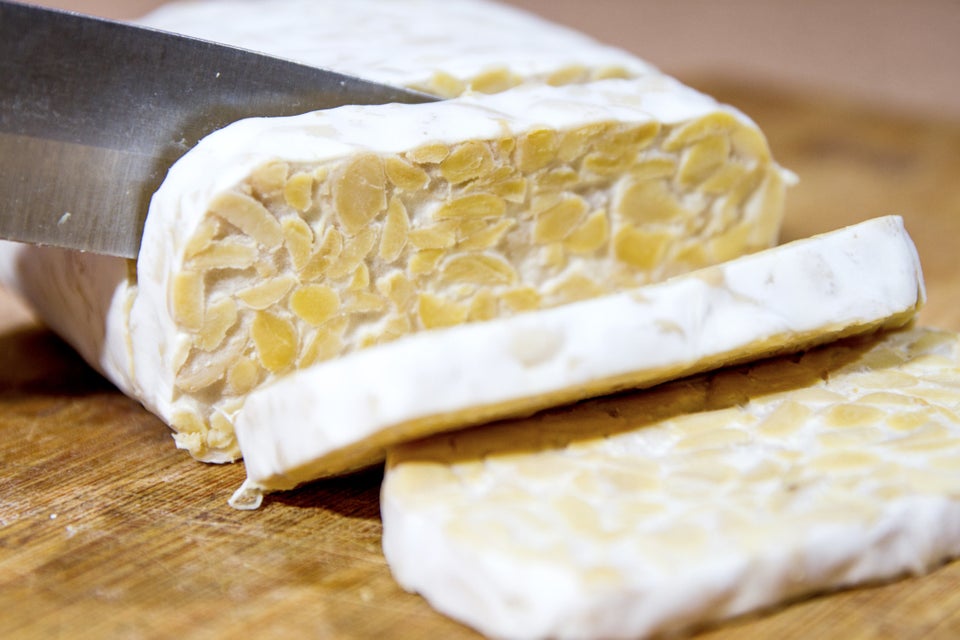
Bottom line: Tempeh is a good meat alternative for people looking to eat a plant-based diet.
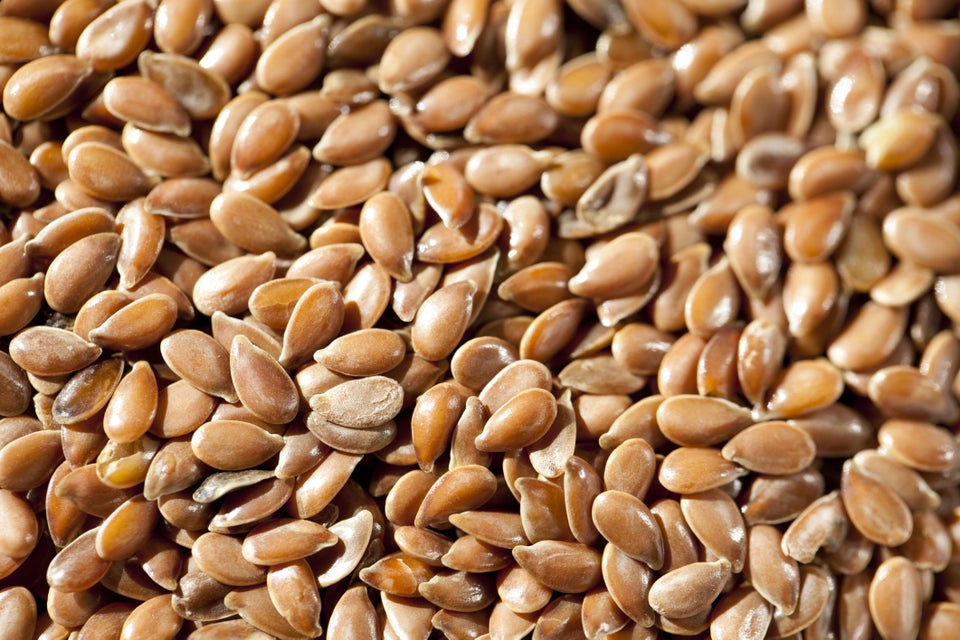
Bottom line: Flaxseed is an excellent way to add extra fiber, protein and omega-3s to your dishes.
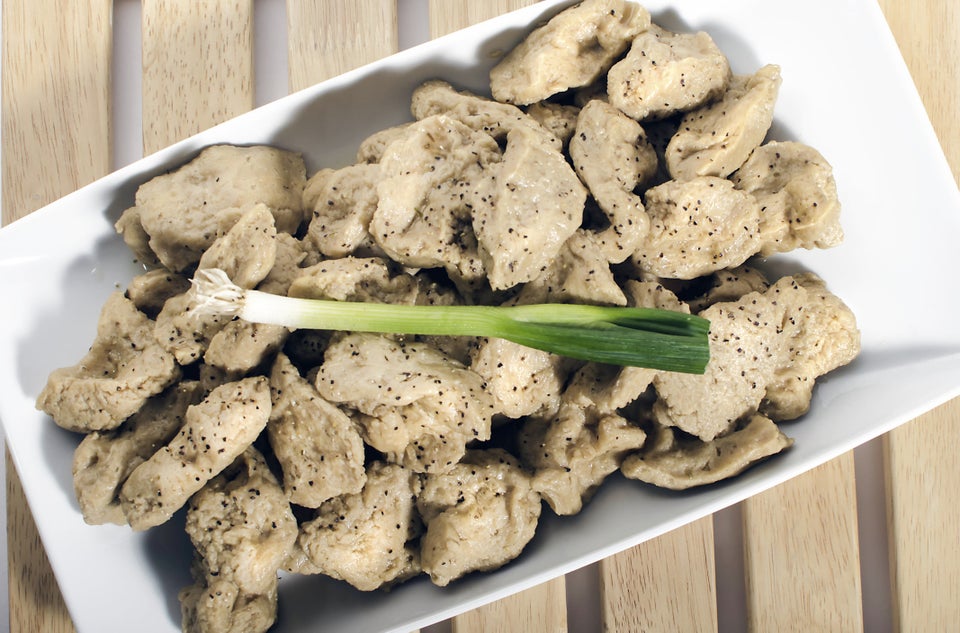
Bottom line: Seitan is a good meat alternative for people looking to eat a plant-based diet; just beware of hidden ingredients added to it to give it flavor.
